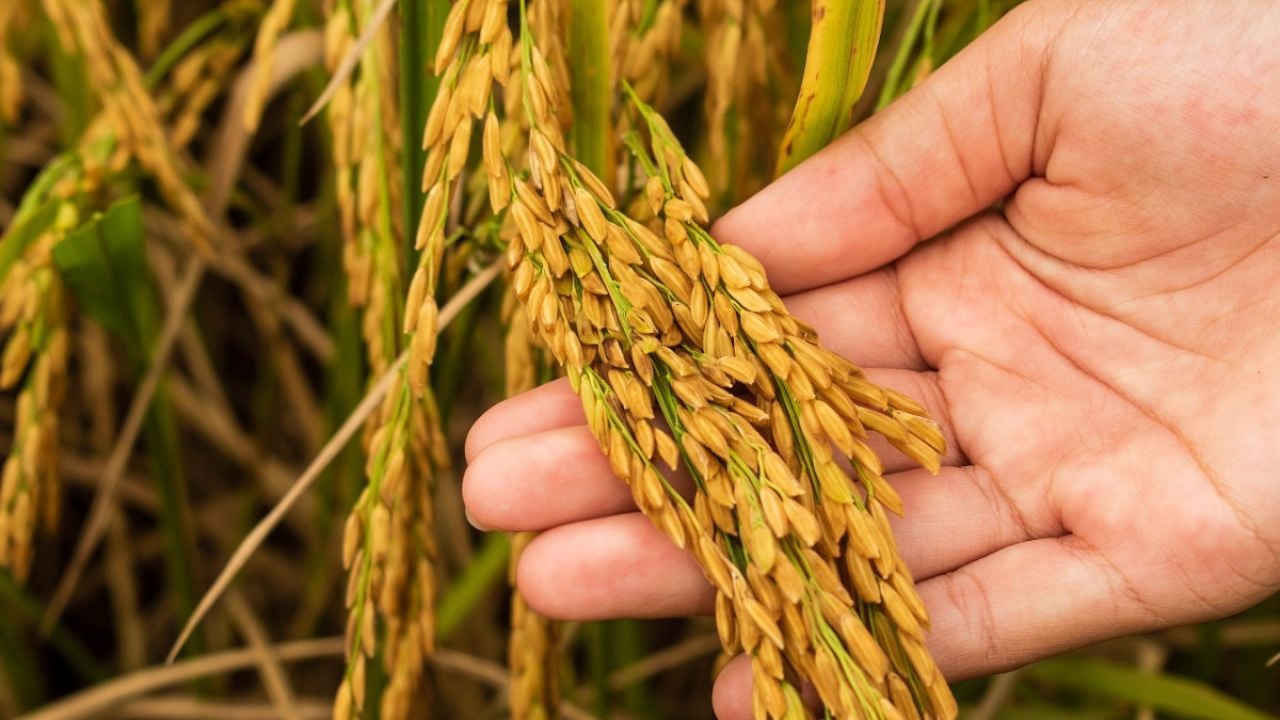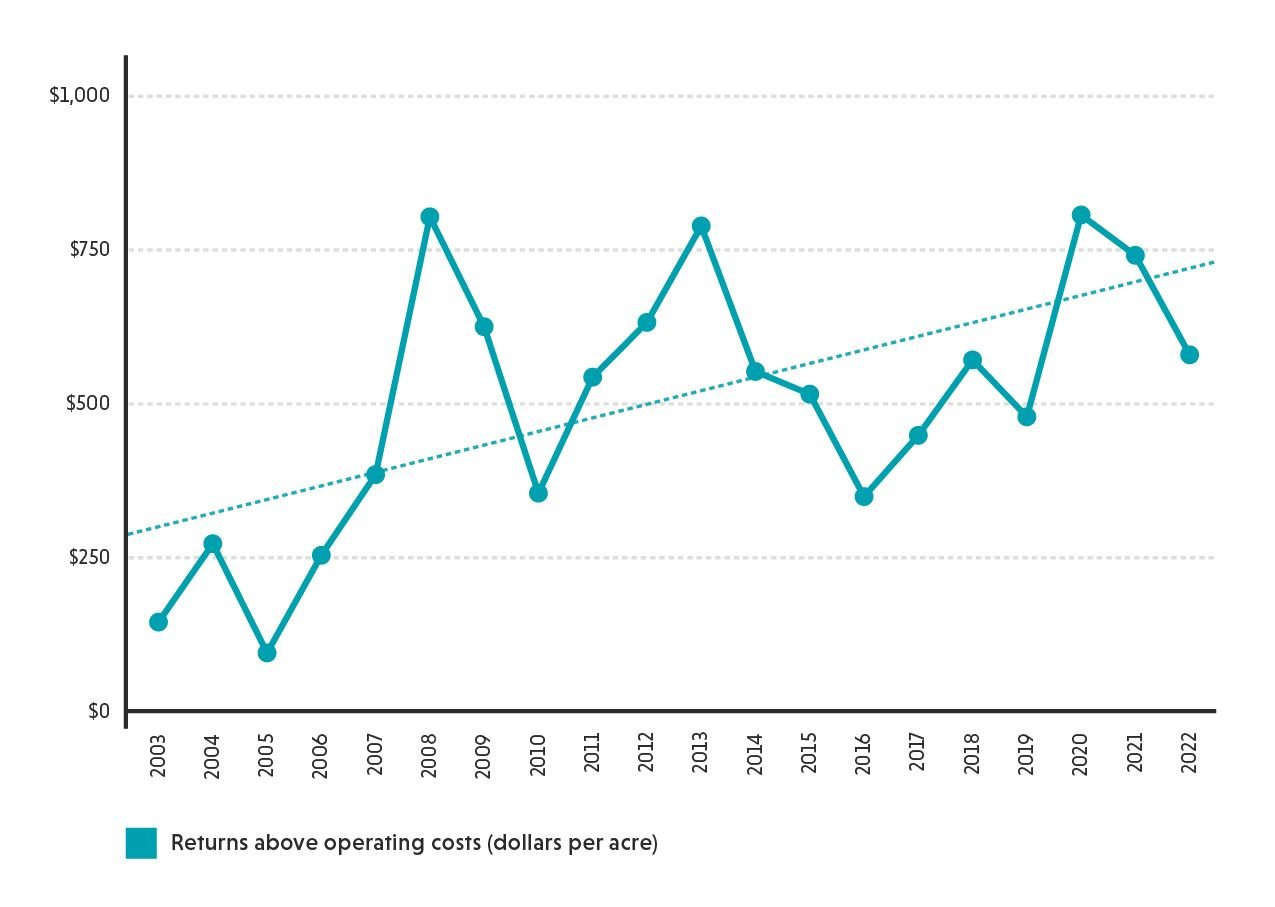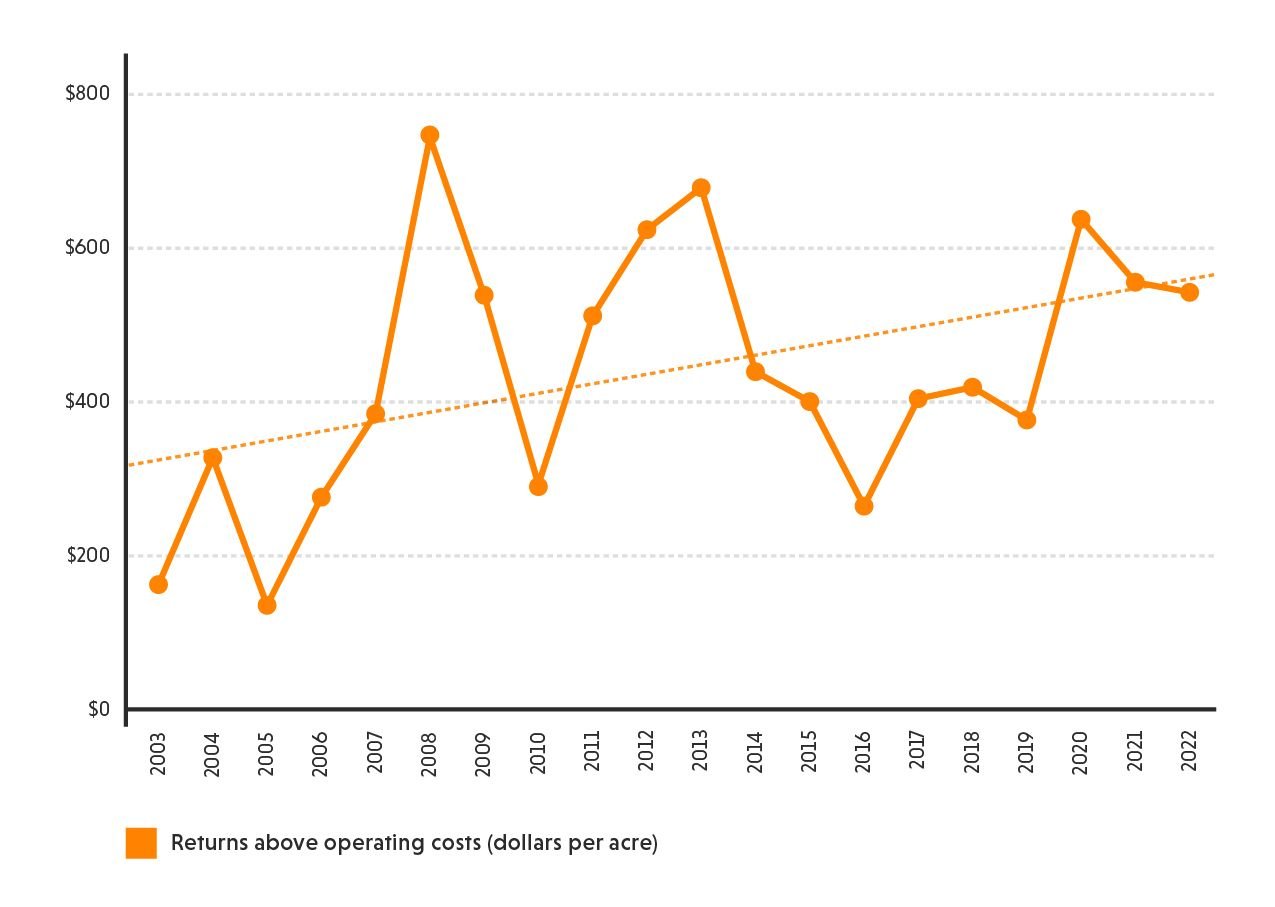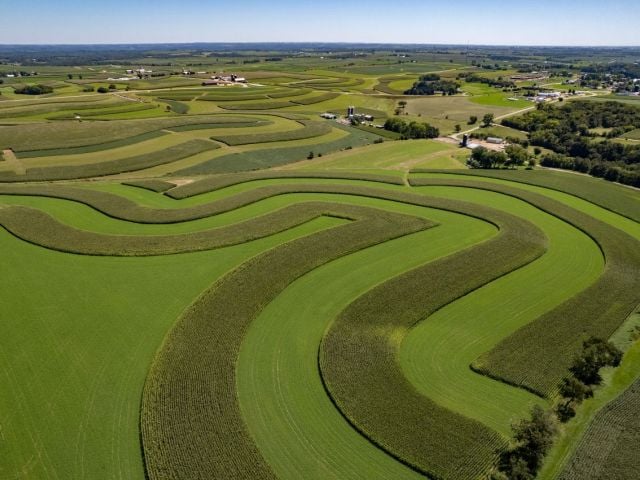
Just sixteen rice farms in the U.S. have each received at least $10 million in taxpayer-funded subsidies while earning record profits – and now some members of Congress want to give them even more.
Each of the farms have taken in the subsidies for 27 years in a row. From 1995 to 2021, the 16 farms all collected subsidies each year, with a combined value over $197.7 million, an EWG analysis of Department of Agriculture data finds.
Sixteen rice farms received subsidies of more than $10 million for 27 years straight
|
Rice farm |
Subsidy payments 1995-2021 |
City |
State |
|
$16,306,294 |
Hollandale |
Miss. |
|
|
$16,102,610 |
England |
Ark. |
|
|
$14,951,879 |
Earle |
Ark. |
|
|
$13,791,860 |
Benoit |
Miss. |
|
|
$13,548,169 |
Caruthersville |
Mo. |
|
|
$10,908,200 |
Wynne |
Ark. |
|
|
$10,781,407 |
Morganza |
La. |
|
|
$10,727,081 |
Tunica |
Miss. |
|
|
$10,647,172 |
Texarkana |
Ark. |
|
|
$10,634,814 |
Clarksdale |
Miss. |
|
|
$10,587,488 |
Ruleville |
Miss. |
|
|
$10,560,575 |
Cleveland |
Miss. |
|
|
$10,538,095 |
Scott |
Ark. |
|
|
$10,293,409 |
Rayville |
La. |
|
|
$10,106,333 |
Robinsonville |
Miss. |
Some farm groups and legislators have proposed an increase in price guarantees for major crops in the USDA’s Price Loss Coverage program. But that would mostly benefit fewer than 6,000 farms growing peanuts, cotton and rice in Southern states.
Of these farms, 773 – just 14 percent – likely grow rice, since they have previously received rice subsidies.
Across the nation, rice farmers have been enjoying record profits, according to the USDA. The profits earned by rice farmers – the difference between the value of rice sales and the operating costs of producing rice – have increased more than five times, from $141 per acre, in 2003, to $859 per acre in 2022, according to the USDA. (See Figure 1.)
Figure 1. Nationally, returns to rice farmers per acre have gone up over time.

Source: EWG, from USDA Economic Research Service, Commodity Costs and Returns.
In Arkansas, rice farmers have also enjoyed record profits. Returns above operating costs went up from $158 per acre, in 2003, to $747 per acre, in 2022. (See Figure 2.)
Figure 2. In Arkansas, returns to rice farmers per acre have also steadily increased over time.

Source: EWG, from USDA Economic Research Service, Commodity Costs and Returns.
These profits do not include government payments, which have also been generous. Rice farmers received an average of $96 per acre, per year, between 2003 and 2020, for a total of over $8 billion since 2003.
Despite record levels of farm spending, some legislators want to increase subsidies to rice farmers by raising price guarantees for major crops.
Farmers growing cotton, rice and peanuts get a payment that covers the difference between the price guarantee in the farm bill and the market price of the crop. Since payments are linked to production, the largest producers get the lion’s share of the funding.
In 2021, just 10 percent of farmers received more than 80 percent of all Price Loss Coverage payments. Because of record returns and high government payments in recent years, rice farmers do not need even more subsidies.



